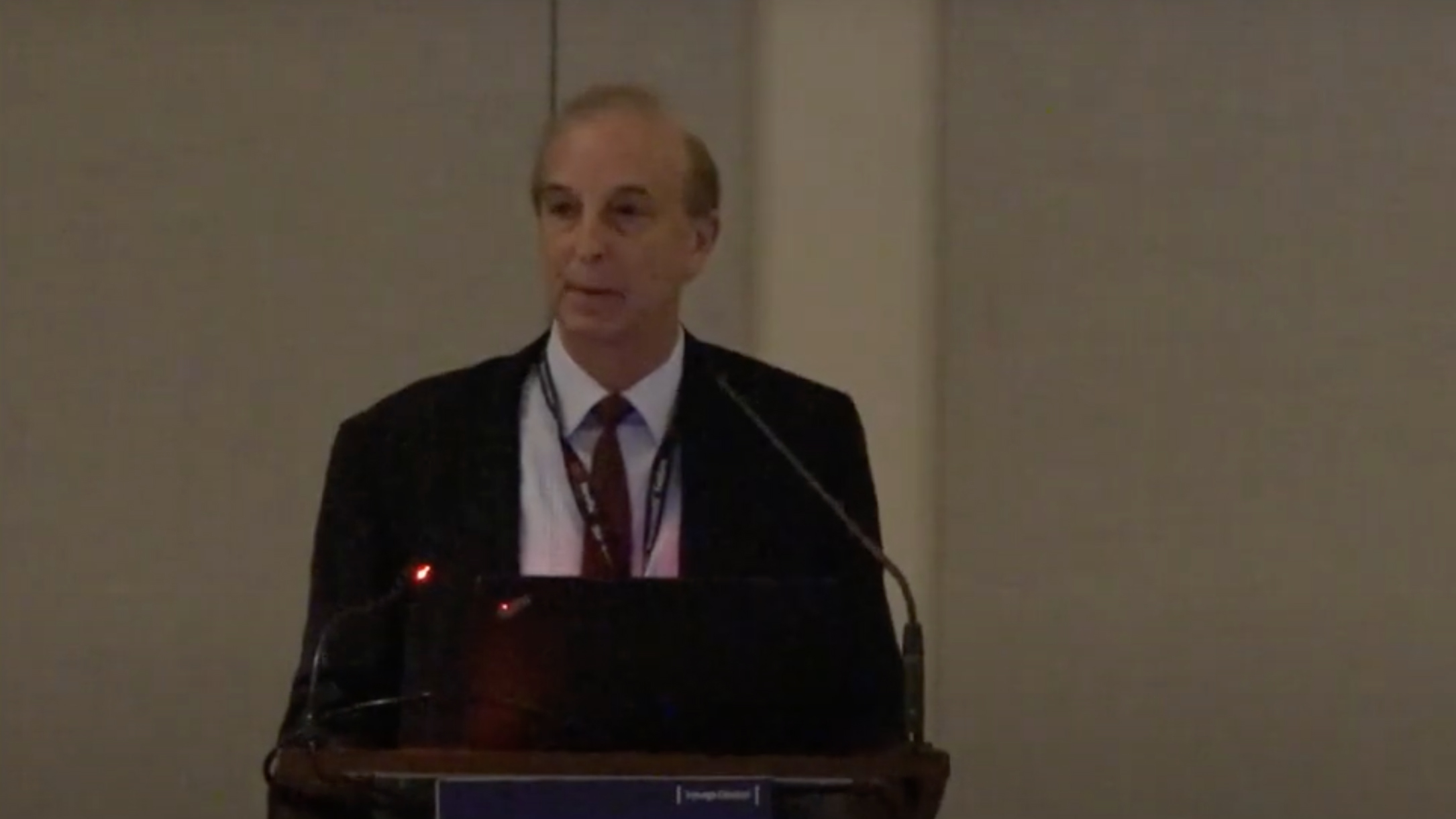NEW YORK (Reuters Health) – HIV therapy needs to start earlier and guidelines are being changed to reflect that, officials said this weekend at the International AIDS Conference in Vienna.
The 2008 guidelines from the International AIDS Society-USA advised that antiretroviral therapy (ART) begin before the CD4 cell count dropped below 350 cells/uL. Now, said Dr. Melanie A. Thompson, from the AIDS Research Consortium of Atlanta and chair of the IAS-USA Panel, the group has moved the treatment threshold up to 500 cells/uL.
The new guidelines appear in the July 21st issue of the Journal of the American Medical Association, released early to coincide with the conference.
“This change is based upon several findings,” Dr. Thompson told Reuters Health in e-mail. First, she said, “Uncontrolled HIV viremia is associated with immune activation and inflammation.”
Second, “Immune activation and chronic inflammation are associated with morbidity and mortality from serious ‘non-AIDS’ diseases even at high CD4 cell counts.”
Third, new data have shown that morbidity and mortality are much lower when ART starts before the CD4 cell count falls below 500/uL.
And finally, patients now have more options “for highly potent and durable viral suppression with improved tolerability and toxicity,” and in most cases it’s possible to suppress multidrug resistant virus.
Regardless of the CD4 cell count, certain conditions are absolute indications for ART, the panel says: –Symptomatic patients with established disease–Rapid decline in CD4 count (> 100/uL per year)–Plasma HIV-1 RNA > 11359,000 copies/mL–Age over 60 years–Pregnancy–Chronic hepatitis B or C infection–HIV-associated kidney disease–High cardiovascular risk–Opportunistic infections–Symptomatic primary HIV infection–High risk of HIV transmission, such as HIV-serodiscordant couples
Still, the authors of the guidelines urge physicians to make sure the patient is ready and willing to adhere to lifelong therapy before starting.
“Patients must be willing to embrace therapy as a lifelong endeavor,” Dr. Thompson said. “It is important to learn about the patient, including his/her knowledge and beliefs about HIV and ART, and what support is available. Education is necessary regarding the benefits of therapy, as well as the importance of adherence, and potential side drug effects and their management.”
“Beginning ART should be seen as a process, not a single visit,” she added.
The authors also emphasize the need for individualized regimens. Factors to consider include resistance testing results, drug-drug interactions, toxicity and tolerability, and comorbidities, along with pill burden, dosing frequency and cost.
The guidelines panel recommends that the initial regimen include two nucleoside or nucleotide analogue reverse transcriptase inhibitors (nRTIs) plus “a potent third agent from another class.” Their first choice for nRTIs is tenofovir/emtricitabine; an alternative is abacavir/lamivudine, so long as the patient is screened for HLA-B*5701 to reduce the risk of abacavir hypersensitivity.
Recommended third agents are efavirenz (a nonnucleoside reverse transcriptase inhibitor), atazanavir or darunavir (protease inhibitors) boosted with ritonavir, and raltegravir (an integrase strand transfer inhibitor). Alternatives are lopinavir or fosamprenavir (boosted with ritonavir) or the CCR5 antagonist maraviroc.
The panelists suggest specific regimens for patients with high atherosclerotic cardiovascular risk, chronic kidney disease, chronic hepatitis B or C infection, pregnancy, or opportunistic infections. (JAMA has made these regimens – and the entire text of the updated recommendations – available in their entirety, at no charge. The link appears below.)
Plasma HIV-1 RNA should be measured 2-8 weeks after starting ART, then every 4-8 weeks until no longer detectable (which should occur within 24 weeks). Patients can then be monitored every 3 to 4 months for 1 year, then every 6 months as long as viral load is suppressed and CD4 counts remain above 350/uL. The panel also advises genotypic testing for resistance at baseline and in cases of virologic failure.
In the event of virologic failure, the replacement regimen should include at least two fully active drugs, and ideally three. For nonnucleoside reverse transcriptase inhibitor failure, replacements should include a ritonavir-boosted protease inhibitor or an agent from a new class.
“Advances in ART have shown that AIDS, as traditionally defined, can be prevented,” the writing group comments.
However, Dr. Thompson said, “We face an enormous challenge to implement these new guidelines and we must address significant social and structural barriers to testing and care in order to fully realize their benefit. Stigma and discrimination continue to be obstacles to testing, linkage to care, and treatment. These guidelines challenge us to muster the creativity and political will needed to provide adequate funding and infrastructure to bring these high standards of care to every person with HIV infection.”
Reference:
Antiretroviral Treatment of Adult HIV Infection
JAMA 2010;304:321-333.




